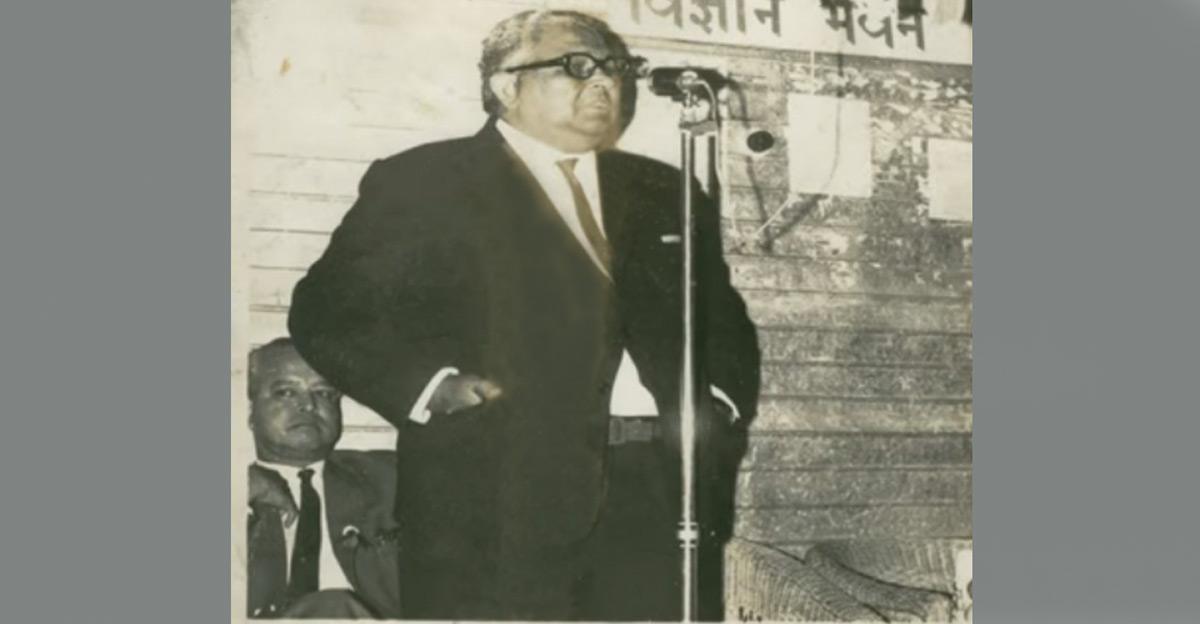Mrinal Roy
Africa-Press – Mauritius. A friend sent me a whatsApp copy of the card announcing the celebration of the centenary of the Hindi Pracharini Sabha this week amidst a host of Ministers and MPs gracing the event.
It would therefore bequite remiss not to bring to the fore the singular yogdan (contribution) of Jay Narain Roy, known under his nom de plume as JNR, to the promotion and momentous development of Hindi in the country.
His intellect, vision and path-breaking actions provided a game changing impetus to the teaching, advanced study and creative writing in Hindi and broadened the space it occupied in the linguistic, educational, and literary ecosystem of the country. While at university abroad, Jay Narain Roy wrote articles and poems in the local Hindi newspapers.
A week after his return to Mauritiusin May 1937, after completing his university studies, Jay Narain Roy was invited by Ooma Shankur Geerjanan and Srinivas Jugduth to preside over a Hindi school function, He would be called upon to preside such functions to promote Hindi and help support the activities of bona fide socio-cultural organisations almost every Sunday over the next decades.
On 11 June 1937 Pandit Atmaram Vishwanath, who was delegated to Mauritius by Manilal Doctor in 1921, wrote as the new editor of the Hindi newspaper Arya Patrika in an article entitled ‘Shri J. N. Roy and Hindi’ that he saw in him ‘a potent torch-bearer for the uplift of Hindi in Mauritius’.
Jay Narain Roy joined the Hindi Pracharini Sabha in 1937, became an executive member from 1940 to 1952 and was unanimously elected President of the Sabha continuously for 25 years from 1952 to 1977 when he retired from the Sabha.
New fillip
During his tenure as President, he gave a new importance and fillip to the teaching and study of Hindi in Mauritius. He was already well known in the country for his influential and inspiring writings in Hindi and English as JNR and as an MP.
He relentlessly and untiringly toured the country promoting Hindi through his powerful speeches, erudition, and oratory skills. This caused an awakening and an unparalleled enthusiasm for Hindi so much so that the initially 37 affiliated schools grew to over 450 schools in 1961.
He used to say to his entourage: ‘Each school is a temple, and I must have been doubly blessed to have inaugurated so many in my life. ’ Jay Narain Roy set up Hindi syllabi for the teaching of Hindi at primary and secondary level, complete with their own inspectorates and examinations.
In 1946 he contacted the Hindi Sahitya Sammelan of Allahabad to set the examinations conducted by the Sabha. The Parichay exams were instituted in 1946, and the Prathama examinations in1956.
For the Parichay examinations, he wrote a book entitled ‘Mauritius mein Hindi bhasa ka SanshiptaItihas’ (A brief History of Hindi Language in Mauritius) which became a prescribed textbook.
The totality of the proceeds went to the Hindi Pracharini Sabha. The teachers trained by the Hindi Pracharini Sabha offered free tuition to thousands of students.
As an MP, Jay Narain Roy moved the motion in the Assembly to make the teaching of oriental languages the responsibility of government. As a result of his actions, Government introduced the teaching of Hindi in primary schools as from 1950.
Those who had succeeded in the examinations held by the Hindi Pracharini Sabha were called upon to implement this policy and appointed Hindi teachers.
For More News And Analysis About Mauritius Follow Africa-Press







